Jan Schoonhoven Follow R72-19 signed, titled and dated 'J.J. Schoonhoven "R72-19" 1972' on the reverse painted papier-mâché on wood 53 x 43 cm (20 7/8 x 16 7/8 in.) Executed in 1972, Antoon Melissen has confirmed the authenticity of this work.
Provenance Private Collection, The Netherlands Catalogue Essay With synchronically arranged perpendicular lines, enriched by the play of light and shadow, R72-19 is a seminal relief from Jan Schoonhoven’s oeuvre. Methodically titled according to the artist’s own referencing system; R, a relief, 72, the year from which the work originates and 19, the artist’s inventory number, the work belongs to the artist’s important body of white reliefs. Integral to his contribution to one of the most influential strands of post-war European abstraction, R72-19 , highlights Schoonhoven’s concern with form and volume, celebrating his novel approach to abstraction with commonplace materials. Celebrated in utmost simplicity, the minimal and architectural excellence of Schoonhoven’s papier-mâché reliefs was borne out of a fascination with buildings. In 1956, having previously focused on linear drawings, Schoonhoven began experimenting with papier-mâché, cardboard, glue and paint to construct factories, castles and zoos for his son. The impressionable material and non-exact finish, evident in R72-19 ’s sculptural excellence, sets Schoonhoven’s work apart from the machined perfection of his contemporaries, serving as a crucial reminder of Schoonhoven’s mastery of materials. Capturing the essence of reality, the rhythmic patterns of his structures vary with the viewer’s standpoint and under raking light and shadow. A key component in defining objective art and the concreteness of the object, Schoonhoven played a founding role in the Dutch Group, Nul, a collective of Dutch artists established between 1961 and 1966 who were previously known as the Informal Group. Abandoning the creative traditions of the past, Schoonhoven banished personal expression, harnessing his minimalistic output by collaborating with key members of the German ZERO network and its international following. Amidst these alliances, the serialisation, order, and stark whiteness of Piero Manzoni’s structures left a lasting impression on Schoonhoven, the effect of which emanates through the Dutch artist’s unembellished three-dimensional reliefs. Alongside the movement, Schoonhoven defined ‘the geometric aspect of ZERO [as] created by the element of repetition, the placement in rows.’ (Jan Schoonhoven in Armando et al., De nieuwe stijl, werk van de internationale avant-garde, deel 1 , Amsterdam, 1965, pp. 118-123). Schoonhoven’s artistic development culminated in his international breakthrough of 1967 when awarded second prize at the Sao Paulo Biennale for his white relief paintings which were considered ‘by far the most sensitive three-dimensional works in the biennale’ (Antoon Melissen, Jan Schoonhoven , Rotterdam, 2015, p. 107). Emphasising the beauty of tranquillity in his sculptural creations, the repetition and uniformity of Schoonhoven’s iconic R72-19 characterises the artist’s objectivity and freedom from social models. This stunning, yet subtle and graceful example of Schoonhoven’s reliefs, from the height of his creative output, achieves a timeless quality. Like the artist, who remained firmly rooted in his hometown of Delft, his monumental white reliefs remain firmly rooted in the dicta of post-war European abstraction. Read More
Jan Schoonhoven Follow R72-19 signed, titled and dated 'J.J. Schoonhoven "R72-19" 1972' on the reverse painted papier-mâché on wood 53 x 43 cm (20 7/8 x 16 7/8 in.) Executed in 1972, Antoon Melissen has confirmed the authenticity of this work.
Provenance Private Collection, The Netherlands Catalogue Essay With synchronically arranged perpendicular lines, enriched by the play of light and shadow, R72-19 is a seminal relief from Jan Schoonhoven’s oeuvre. Methodically titled according to the artist’s own referencing system; R, a relief, 72, the year from which the work originates and 19, the artist’s inventory number, the work belongs to the artist’s important body of white reliefs. Integral to his contribution to one of the most influential strands of post-war European abstraction, R72-19 , highlights Schoonhoven’s concern with form and volume, celebrating his novel approach to abstraction with commonplace materials. Celebrated in utmost simplicity, the minimal and architectural excellence of Schoonhoven’s papier-mâché reliefs was borne out of a fascination with buildings. In 1956, having previously focused on linear drawings, Schoonhoven began experimenting with papier-mâché, cardboard, glue and paint to construct factories, castles and zoos for his son. The impressionable material and non-exact finish, evident in R72-19 ’s sculptural excellence, sets Schoonhoven’s work apart from the machined perfection of his contemporaries, serving as a crucial reminder of Schoonhoven’s mastery of materials. Capturing the essence of reality, the rhythmic patterns of his structures vary with the viewer’s standpoint and under raking light and shadow. A key component in defining objective art and the concreteness of the object, Schoonhoven played a founding role in the Dutch Group, Nul, a collective of Dutch artists established between 1961 and 1966 who were previously known as the Informal Group. Abandoning the creative traditions of the past, Schoonhoven banished personal expression, harnessing his minimalistic output by collaborating with key members of the German ZERO network and its international following. Amidst these alliances, the serialisation, order, and stark whiteness of Piero Manzoni’s structures left a lasting impression on Schoonhoven, the effect of which emanates through the Dutch artist’s unembellished three-dimensional reliefs. Alongside the movement, Schoonhoven defined ‘the geometric aspect of ZERO [as] created by the element of repetition, the placement in rows.’ (Jan Schoonhoven in Armando et al., De nieuwe stijl, werk van de internationale avant-garde, deel 1 , Amsterdam, 1965, pp. 118-123). Schoonhoven’s artistic development culminated in his international breakthrough of 1967 when awarded second prize at the Sao Paulo Biennale for his white relief paintings which were considered ‘by far the most sensitive three-dimensional works in the biennale’ (Antoon Melissen, Jan Schoonhoven , Rotterdam, 2015, p. 107). Emphasising the beauty of tranquillity in his sculptural creations, the repetition and uniformity of Schoonhoven’s iconic R72-19 characterises the artist’s objectivity and freedom from social models. This stunning, yet subtle and graceful example of Schoonhoven’s reliefs, from the height of his creative output, achieves a timeless quality. Like the artist, who remained firmly rooted in his hometown of Delft, his monumental white reliefs remain firmly rooted in the dicta of post-war European abstraction. Read More


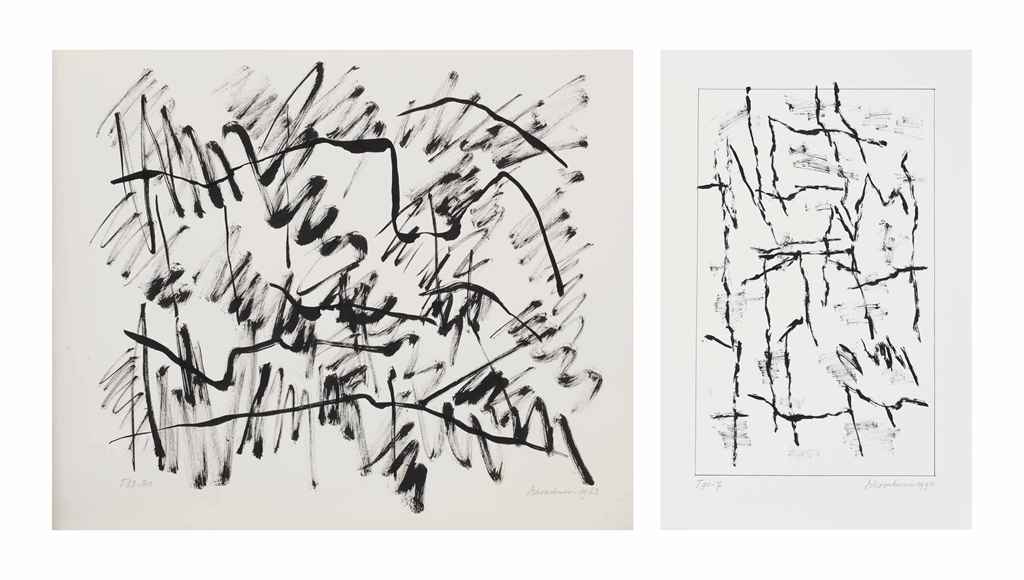

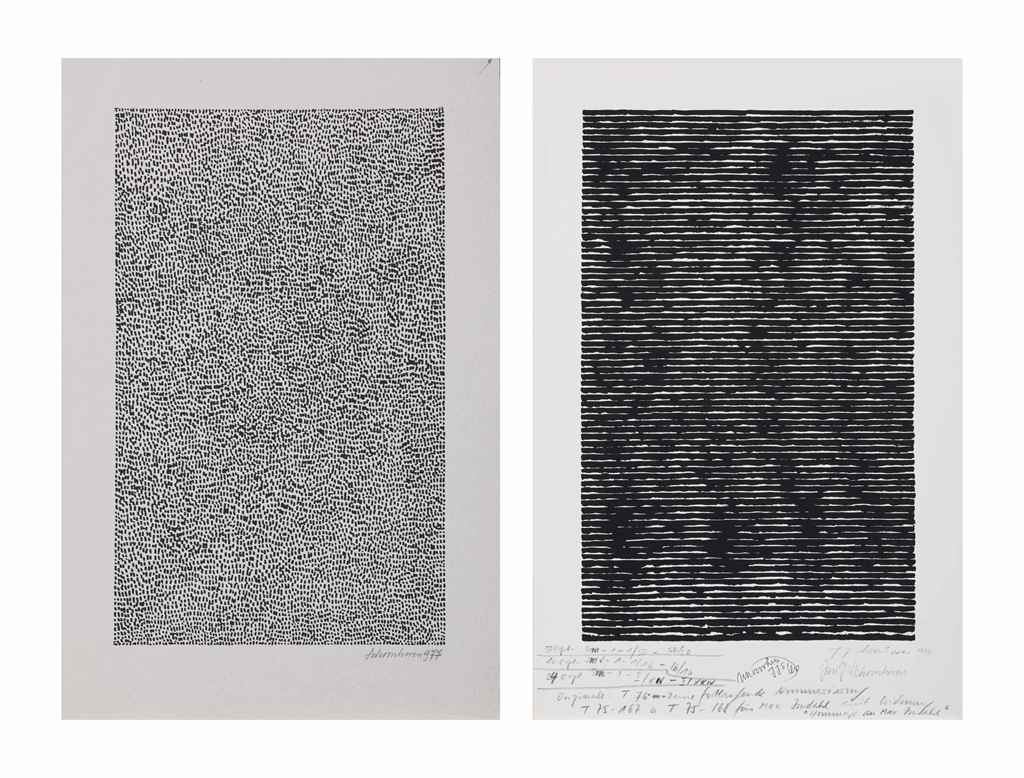



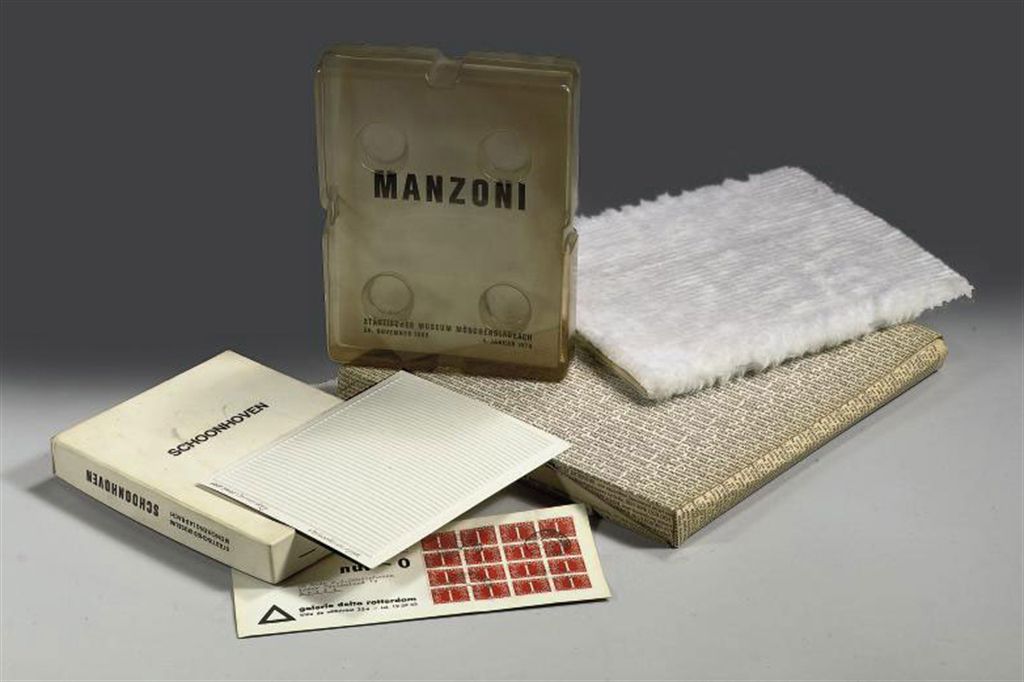
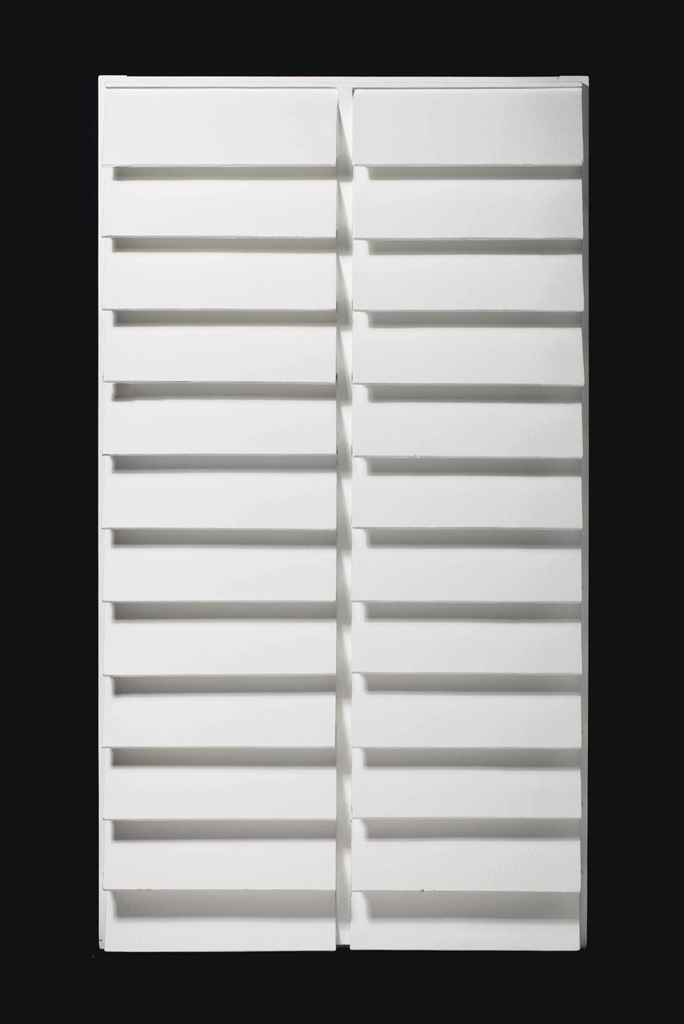

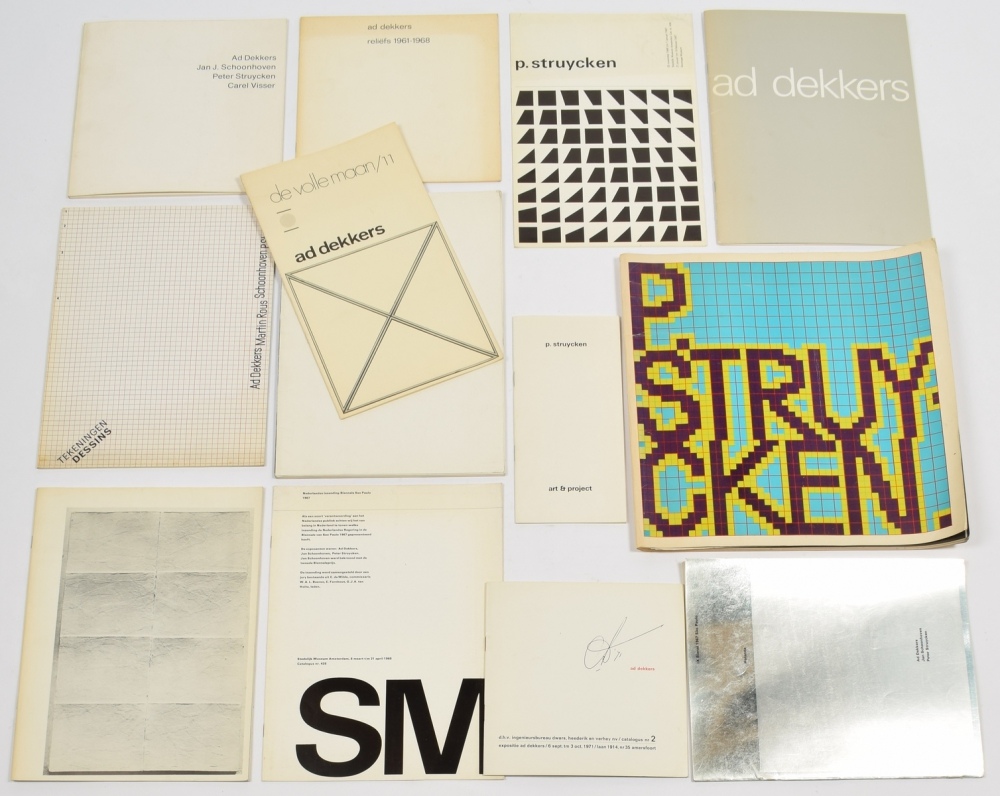
.jpg)
.jpg)
.jpg)
Testen Sie LotSearch und seine Premium-Features 7 Tage - ohne Kosten!
Lassen Sie sich automatisch über neue Objekte in kommenden Auktionen benachrichtigen.
Suchauftrag anlegen